Chive Plant Harvest: How And When To Harvest Chives
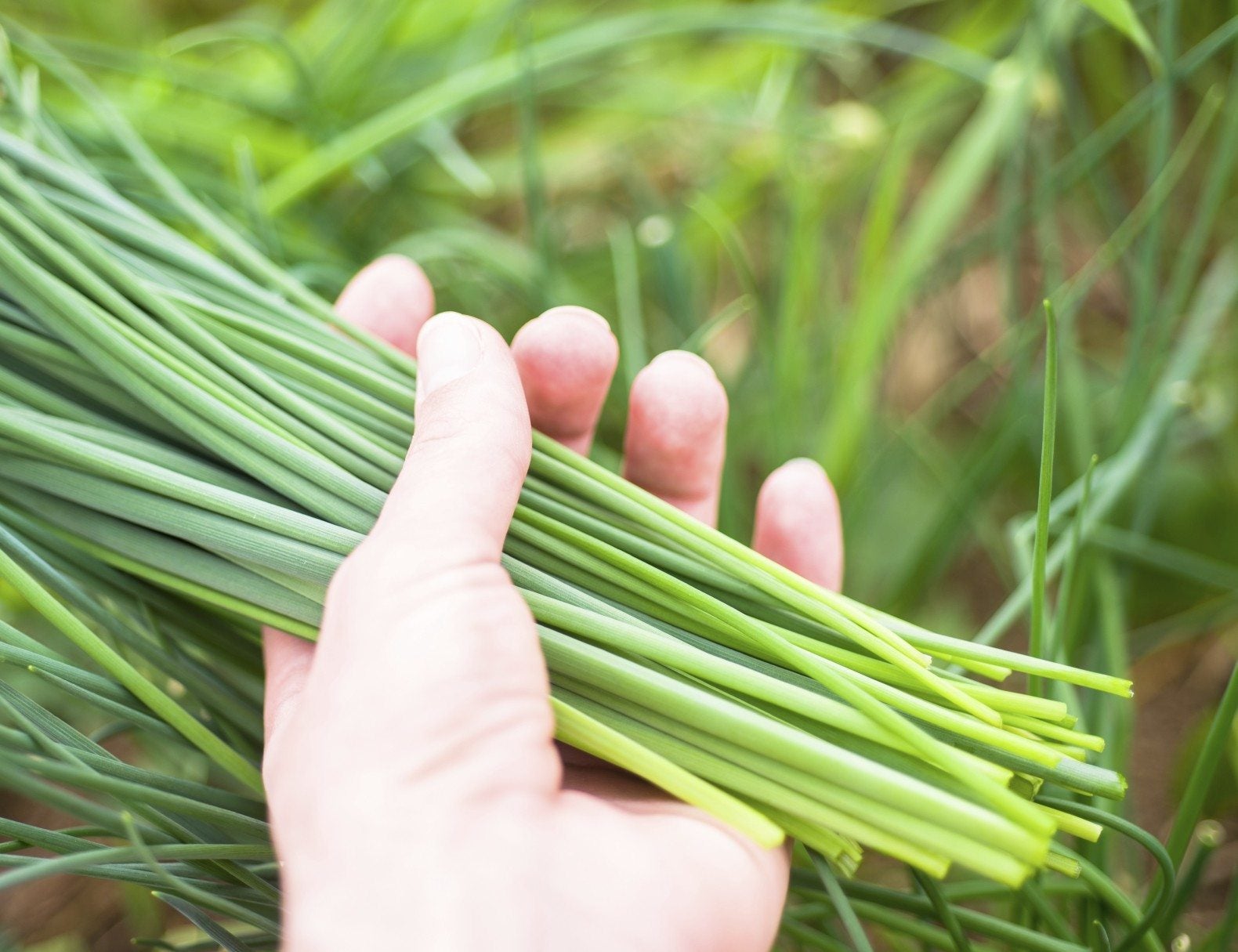
Chives are a delicious and ornamental addition to the herb garden and suffer little from disease or pests. Both the mild onion-tasting leaves and the small poufs of pinkish-purple blossoms are edible, and impart not only flavor but surprising bursts of color in salads or as garnish. The question is, when and how to harvest chives. Read on to find out more information regarding the harvesting and storing of chives.
Chive Plant Harvest
A member of the onion family Alliaceae, chives (Allium schoenoprasum) are cultivated for their grass-like hollow leaves, which impart a subtle onion flavor to a variety of dishes. The plant is low maintenance and easy to grow but thrives in full sun and well-draining rich soil with a pH of 6.0-7.0. The plant grows in a grass-like tuft that can attain heights of 20 inches (50 cm.). Of course, if you are picking chives, the plant can be maintained at a much lower height. The edible lavender flowers blossom in the late spring from May to June. Chives can also be grown indoors and can be propagated either by seed or planting rooted clumps in the spring after all danger of frost has passed in your area. Older chive plants should be divided every 3-4 years in the spring.
When to Harvest Chives
There is no set chive plant harvest time. You may begin picking chives 30 days after transplanting or 60 days after sowing seed when the leaves are at least 6 inches (15 cm.) tall. The plant will produce more abundantly in its second year and thereafter you can continue to pick at will over the course of the summer and in mild climates through the winter. In cooler regions, the plant dies back naturally until spring when the bright green blades can be seen poking up from the soil.
Harvesting and Storing Chives
There is no mystery as to how to harvest chives. Using a sharp pair of kitchen shears, snip the leaves from the base of the plant, to within 1-2 inches (2.5-5 cm.) of the soil. In the first year, harvest 3-4 times. Thereafter, cut the chive back monthly. Cut the flower stalks off at the soil line to prevent the plant from forming seeds. This will encourage the plant to keep producing leaves, and you can utilize the flowers as garnish or tossed into salads. Chives can be used both fresh and dried but they lose quite a bit of their flavor when dried. It’s best to use them fresh. If you have cut too many to use or don’t end up using the cut chives right away, you can place the ends in water and store them in the refrigerator for a couple of days. You can also freeze chives by chopping them up and placing them in freezer bags. Again, the flavor loses something in the translation and it’s better to use them fresh. Chives do well grown indoors, so for a fresh supply of chives, try growing them in a pot, perhaps with some other herbs for a continuous supply of fresh flavor.
Gardening tips, videos, info and more delivered right to your inbox!
Sign up for the Gardening Know How newsletter today and receive a free copy of our e-book "How to Grow Delicious Tomatoes".

Amy Grant has been gardening for 30 years and writing for 15. A professional chef and caterer, Amy's area of expertise is culinary gardening.
-
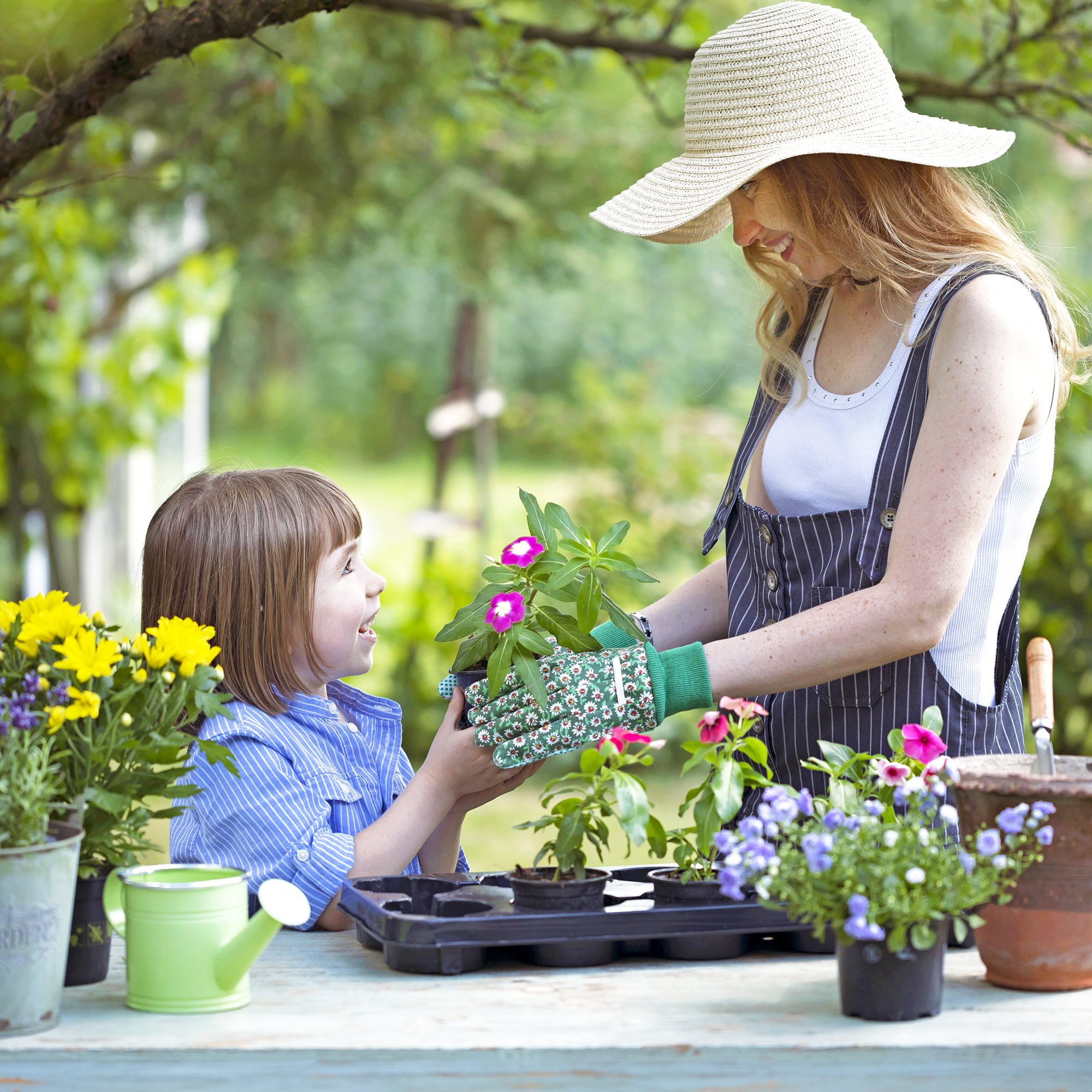 12 Mother’s Day Garden Gifts That Celebrate Moms Who Love To Grow
12 Mother’s Day Garden Gifts That Celebrate Moms Who Love To GrowAll Moms deserve to feel special on Mother’s Day, so treat her to a thoughtful gardening gift that helps her get the most out of her hobby.
By Melanie Griffiths
-
 Never Plant Seedlings Until They Pass These 3 Simple Tests
Never Plant Seedlings Until They Pass These 3 Simple TestsDon't be over-eager to transplant seedlings into the garden before they are ready. These quick and easy checks will help ensure flourishing plants.
By Mary Ellen Ellis
-
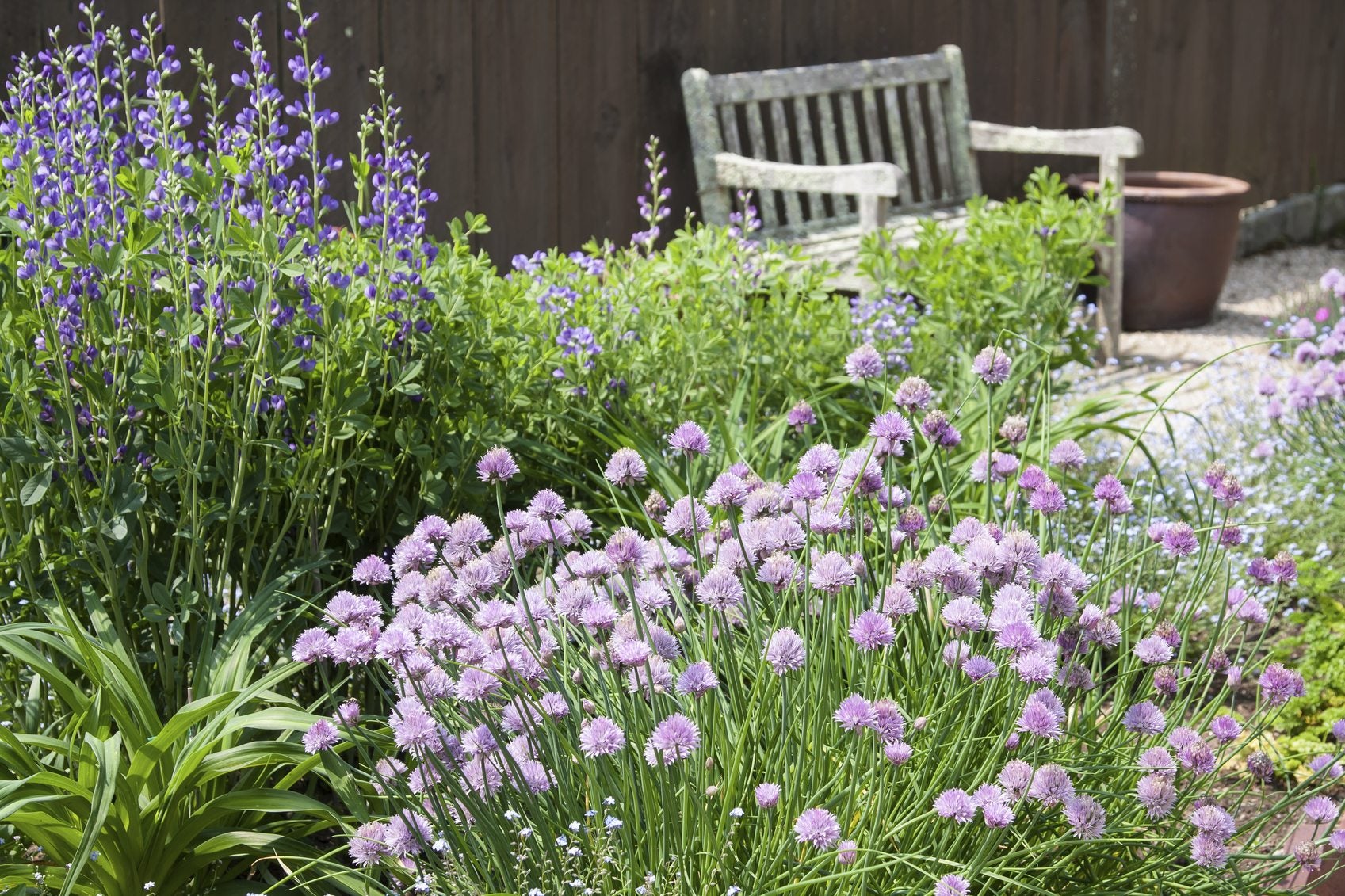 Chive Companion Plants – Companion Planting With Chives In The Garden
Chive Companion Plants – Companion Planting With Chives In The GardenIf you are planning a kitchen garden and wondering what to grow near chives, wonder no more. There are a host of perfect chive plant companions for texture, color, and flavor. Use the information and suggestions in this article to help get started.
By Bonnie L. Grant
-
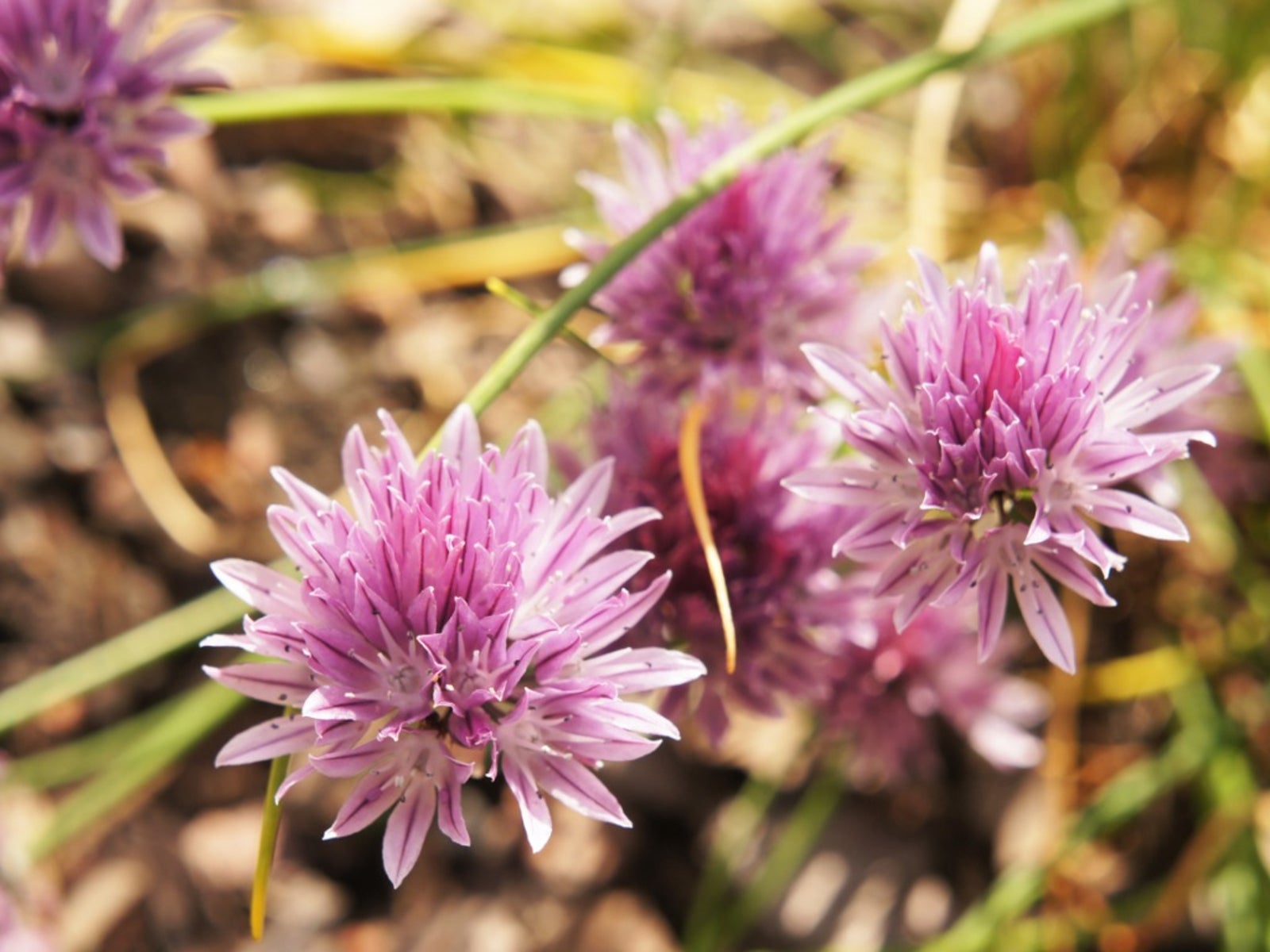 Wild Chives Identification: Are Wild Chives Safe To Eat
Wild Chives Identification: Are Wild Chives Safe To EatWe cultivate our chives amongst our herb beds, but did you know that wild chives are one of the most common and easy-to-identify wild-growing plants? What are wild chives and are wild chives edible? Click here to find out.
By Amy Grant
-
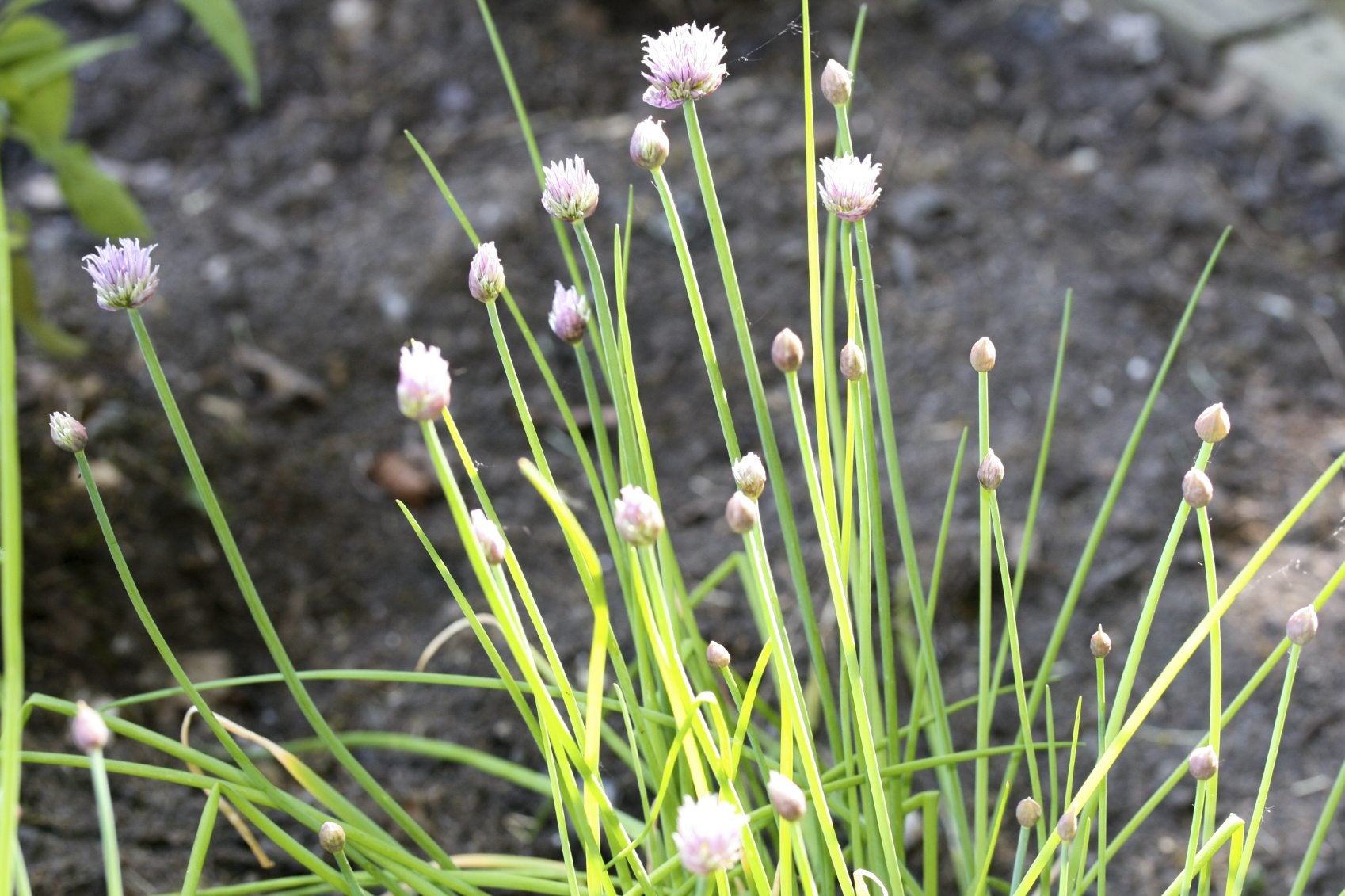 Controlling Chives: Tips On Ridding Lawns Of Chive Plants
Controlling Chives: Tips On Ridding Lawns Of Chive PlantsA problem with growing chive plants is that they're not always well behaved. They can escape their boundaries and pop up in places where you don't want them - including your well-tended lawn. Read this article for helpful tips for controlling chives.
By Mary H. Dyer
-
 Chive Seed Planting: Tips For Growing Chives From Seed
Chive Seed Planting: Tips For Growing Chives From SeedChives (Allium schoenoprasum) make a wonderful addition to the herb garden. Chive seed planting is the most common method of propagation. So, how do you grow chives from seed? Read this article to find out so you can get started.
By Amy Grant
-
 How To Grow Chives Indoors
How To Grow Chives IndoorsGrowing chives indoors make perfect sense so that you may have them near the kitchen. Read this article to learn more about how to grow chives indoors so you can have easy access to the plant year-round.
By Becca Badgett
-
 How To Plant Chives - Growing Chives In Your Garden
How To Plant Chives - Growing Chives In Your GardenIf there were an award for "easiest herb to grow", growing chives would win that award. Learning how to grow chives is so easy that even a child can do it. Get growing tips for chives in this article.
By Heather Rhoades